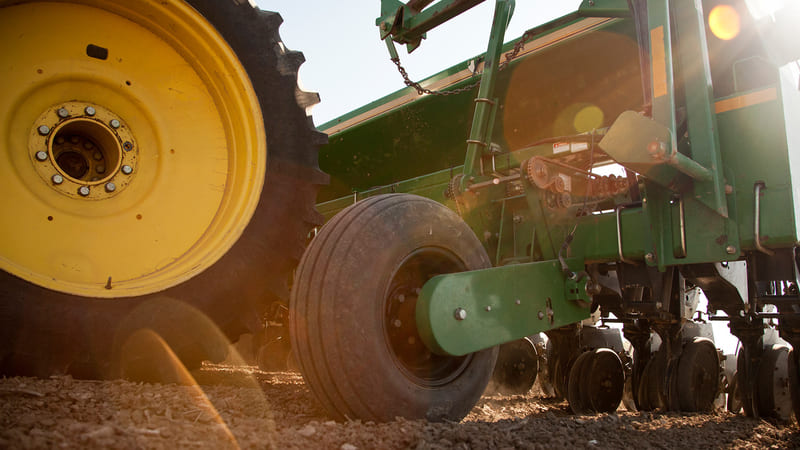Grass Control Presents New Challenges for Cotton
Yes, resistant Palmer amaranth, or pigweed, still reigns as the top weed target for cotton. But years of solid research across the Cotton Belt and timely treatment programs adopted at the farm level have given growers a leg up on managing this heinous weed.
But as it continues to adjust, so do treatment programs.
“All of our recommendations are based on residual herbicides,” says Jason Bond, Mississippi State University Extension Weed Specialist. “And in the case of cotton, it’s a very limited number of product choices.
“Some growers are Direx fans, and some are not Direx fans,” he notes. “Others may be Cotoran fans, and some aren’t. Either one of those products works as an at-planting residual treatment. And now, there’s more and more Brake going out every year.”
Bond says there are multiple mixing options with Brake plus Cotoran or Direx, depending on grower preference. It may be a pint and a pint of Brake plus Direx or Brake plus Cotoran, or a pint of Brake plus ounces of either product. It all depends on a grower’s soil texture, experience, and input from their consultant.
Assuming cotton was optimally planted by April 20, growers should be watching for any weed escapes by mid- to late May, depending on a grower’s planting date, their burndown timing, and the necessity for any spring fieldwork. The timing would be right, says Bond, for the first postemergence treatment.
“Over the past few years in Mississippi, growers have planted a high percentage of XtendFlex cotton that’s been treated with glyphosate, a labeled dicamba, and a residual,” he explains. “We also have pockets of Enlist cotton where the treatment is basically the same, just substituting the 2,4-D choline for the dicamba.”
Grassy Challenges
Bond is quick to admit that grasses have become a big problem, not just in Mississippi but in other Cotton Belt states as well. And last year, resistance issues combined with hot, dry weather made grass control nearly impossible.
“We’ve had a rough time controlling grasses, and it wasn’t exclusive to one species or another,” he explains. “We got the most questions on goosegrass and johnsongrass. They’re very different with johnsongrass being mainly a perennial and goosegrass being an annual, and both show resistance to glyphosate. But the common thread between them is they are probably the most difficult to control grass species we have.”
The combination of two difficult-to-control species and extreme heat during the summer of 2022 just didn’t allow growers to get as many treatments on grasses as they might have liked. Although there were commonalities in the base herbicide treatments, Bond points out there wasn’t an exclusive treatment, and it wasn’t exclusive to a species. Goosegrass and johnsongrass are the most difficult to control even under good conditions. A lot of glyphosate and clethodim was applied with less than satisfactory results.
“For example, we had more days over 95 degrees in June 2022 than we did the previous five years combined,” Bond says. “That’s just not ideal for herbicide performance.”
Bond admits resistance is an issue with both grass species, but it’s not the primary reason they became such an issue for growers last year.
“The bigger reason is they’re inherently difficult to control,” he says. “Combine that with poor weather conditions, and that led to a problem.”









